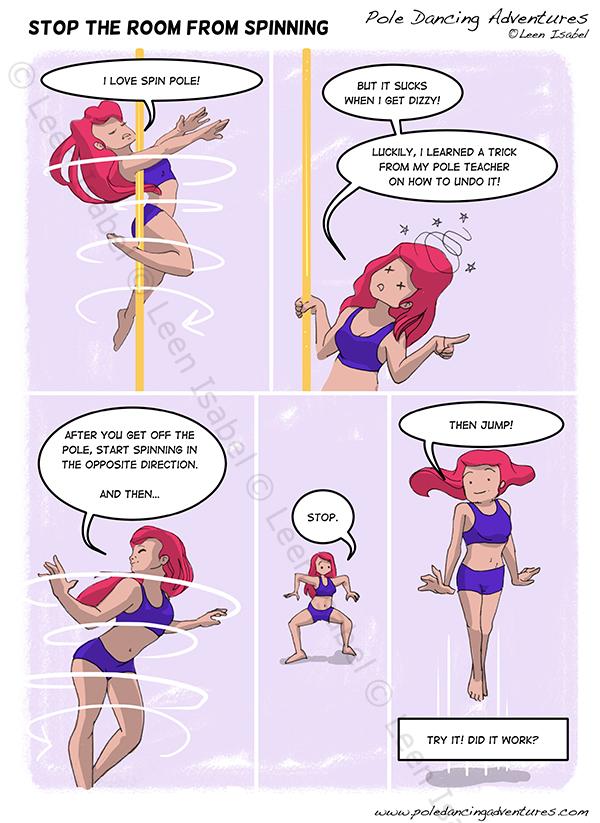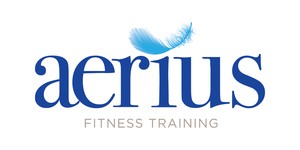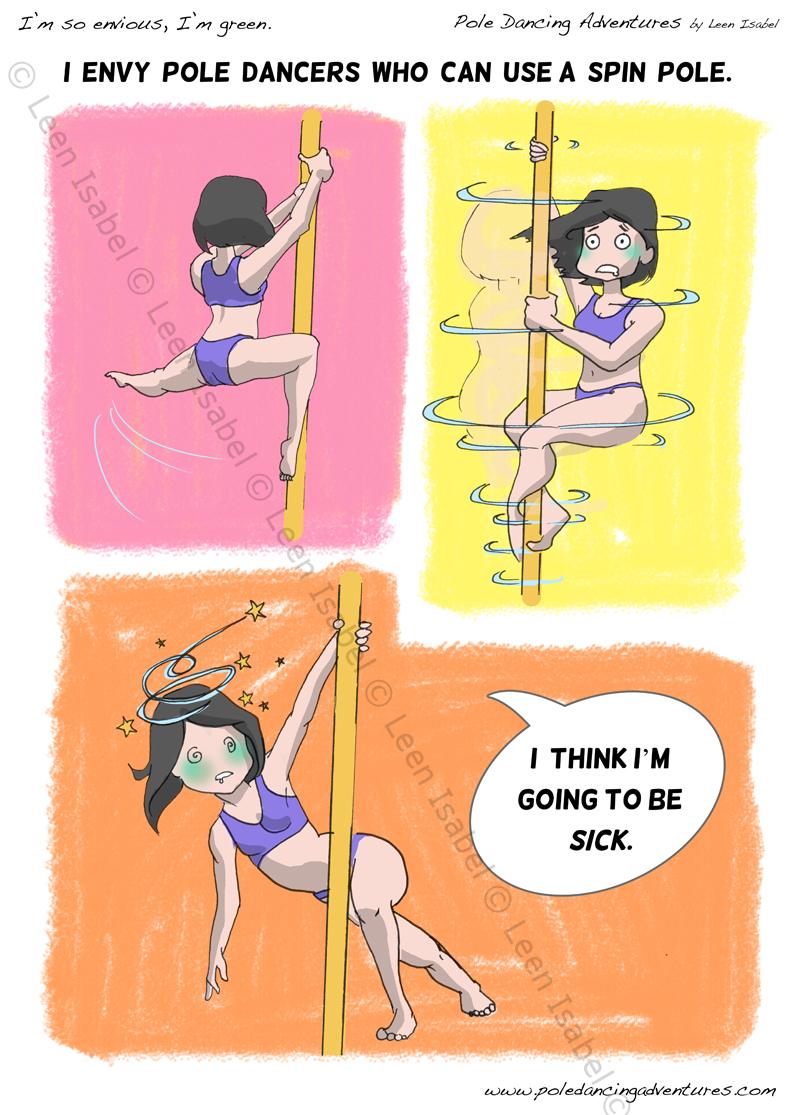What many pole dancers don’t realize (until they try it!) is that the technique for dancing on a pole that spins is very different from what they’re used to on a stationary or static pole.
It can be tricky at first to get used to these subtle differences, but (as always) practice makes perfect!
The key differences are:
- Strength and Control
- Momentum and Speed
- Motion Sickness
In this article I would like to provide a brief overview of how you can adjust your pole dancing to suit a spinning pole…
Moving From Static to Spinning Pole
Strength and Control
For most spins on a static pole, you are effectively slowing your fall, as you twirl towards the floor. On a spinning pole, however, you are holding your body weight in a certain position. This requires more strength and control.
It is harder to hold on to a pole that is spinning fast. As a result, your forearms, upper arms and shoulders in particular will be under more stress.
Spinning pole demands greater strength from your entire body as you often have to fight against the force created by the spinning of the pole, to execute your moves.
Momentum and Speed
In general, you don’t need to work as hard to create momemtum for a spinning pole. Instead of swinging your leg around into a spin, for example, you may simply need to push lightly off the ground with your foot.
You have to learn to control your speed. You can make the pole spin faster or slower while you’re on it. Essentially, the further your body is from the pole (arms and legs stretched horizontal, for example) the slower you go. The closer IN you pull yourself, the faster you go.
Motion Sickness
It is likely you will need to get used to feeling dizzy. Some pole dancers experience more motion sickness than others. But don’t worry, you DO build up a tolerance to it and there ARE ways to deal with dizziness!
Rather than spotting a point in the room (a good technique to avoid feeling dizzy on a static pole), you should keep looking at your pole instead. Alternatively you can look at a body part that isn’t moving, such as your arms if you’re performing an Aysha.
If you struggle with feeling dizzy, look directly at your pole as soon as you get off of it. This will help you regain steadiness and focus.

Your Experience
It took me many months to get the hang of spinning pole, but now it’s my favorite way to pole dance!
Do you prefer dancing on static or spin pole?
Do you have any pointers for making it easy to switch from one to the other?
Let us know by adding a comment below!

